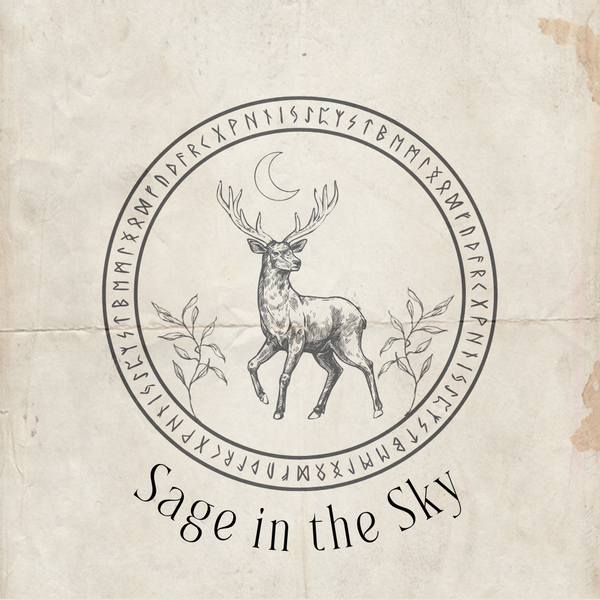Embracing Ostara: Welcoming the Spring Equinox
As the world awakens from its wintry slumber, nature begins to stir with new life, and the promise of warmer days ahead fills the air. This time of renewal and rebirth is celebrated by many cultures around the world under various names, but one of the most cherished is Ostara. Ostara, also known as the Spring Equinox, marks the official beginning of spring in the Northern Hemisphere and holds significant spiritual and cultural importance for those who honour it.
Origins of Ostara:
Ostara finds its roots in ancient Germanic traditions, particularly among the Anglo-Saxons and other Germanic tribes. The festival is named after the Germanic goddess Eostre or Ostara, the goddess of spring and fertility. She symbolizes the dawn, fertility, and the resurgence of life after the long winter months.
Symbolism of Ostara:
At its core, Ostara is a celebration of balance, as it falls on the equinox when day and night are of equal length. This balance is reflected in many aspects of the festival:
Renewal and Rebirth: As the Earth awakens from its winter slumber, plants begin to sprout, flowers bloom, and animals emerge from hibernation. Ostara celebrates this cycle of renewal and the promise of new beginnings.
Fertility and Growth: The symbolism of fertility is prevalent during Ostara, as it marks the time when life returns to the land. Seeds are planted, and the land becomes fertile once again, ready to yield its bounty in the coming months.
Light and Darkness: With the equinox comes a perfect balance between light and darkness. As the days grow longer and the nights shorter, Ostara heralds the victory of light over darkness and the triumph of life over death.
Traditions and Rituals:
Ostara is a time for joyous celebrations and rituals that honour the arrival of spring and the fertility of the land. Here are some common traditions associated with Ostara:
Egg Decorating: Eggs are powerful symbols of fertility and new life. Painting and decorating eggs have been a tradition associated with Ostara for centuries, with vibrant colours and intricate designs adorning these symbols of renewal.
Spring Cleaning: Just as nature undergoes a process of renewal, many people use Ostara as an opportunity to engage in thorough spring cleaning. Clearing out clutter and refreshing living spaces symbolize the cleansing of the old to make way for the new.
Feasting: Sharing a meal with loved ones is a time-honoured tradition during Ostara. Fresh, seasonal foods like fruits, vegetables, and eggs often take centre stage in these feasts, celebrating the abundance of the earth.
Outdoor Celebrations: Many practitioners of nature-based spirituality observe Ostara by spending time outdoors, soaking in the sights, sounds, and smells of spring. This might involve walking in nature, gardening, or simply basking in the warmth of the sun.
Celebrating Ostara Today:
In modern times, Ostara continues to be celebrated by people of various spiritual beliefs, including Neopagans, Wiccans, and those who follow earth-based traditions. However, its themes of renewal, balance, and fertility resonate with people of all backgrounds, making it a widely embraced and cherished festival.
Whether you choose to partake in traditional rituals or simply take a moment to appreciate the beauty of nature around you, Ostara serves as a reminder to embrace the changing seasons and find joy in the cycles of life.
As we welcome the return of warmth and light, let us rejoice in the spirit of Ostara and embrace the promise of new beginnings that spring brings forth. May this season of renewal bring blessings of abundance, growth, and happiness to all.
Happy Ostara!

